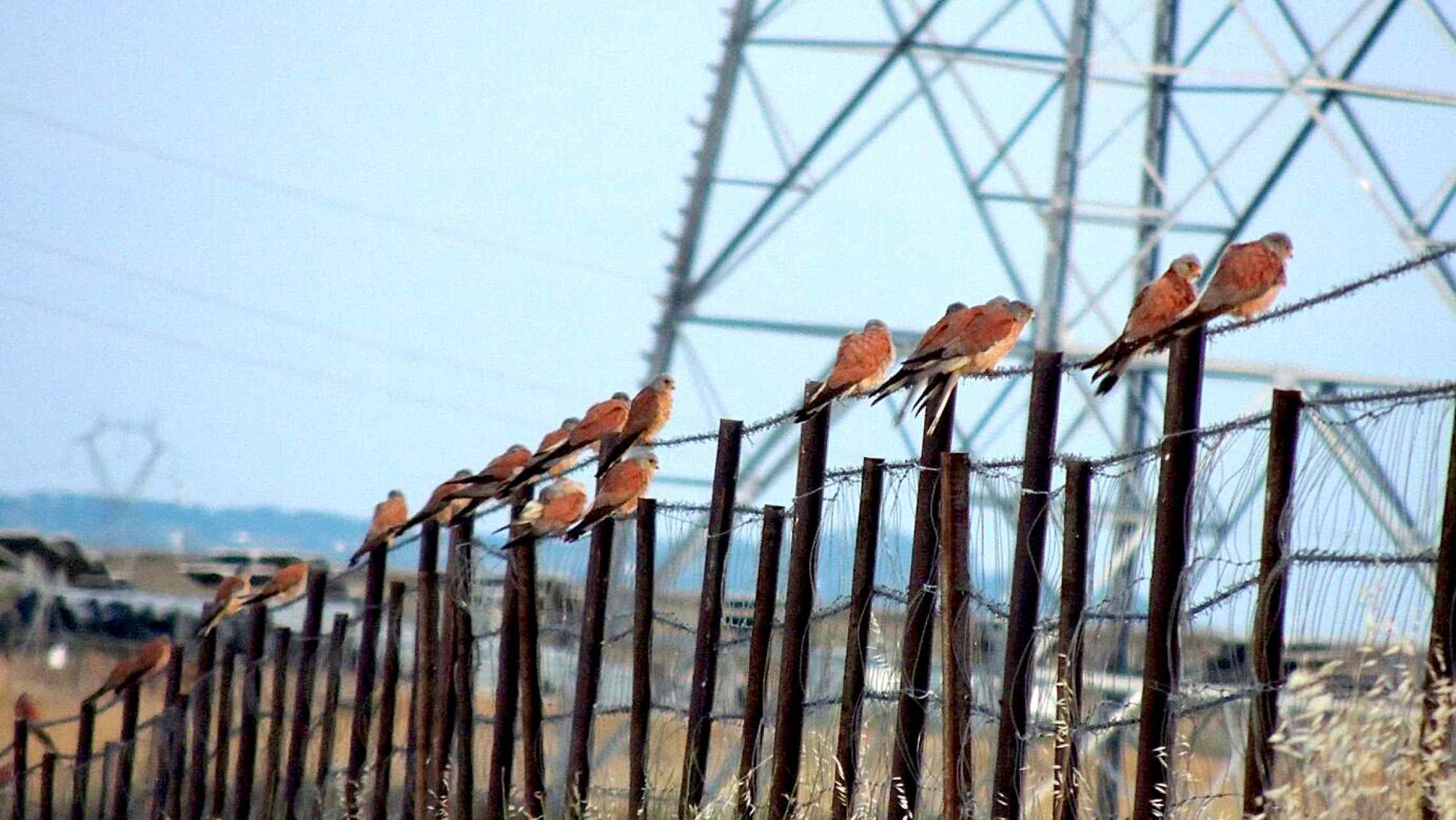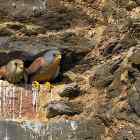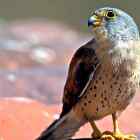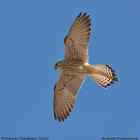The large volume of data provided from breeding lesser kestrels marked with GPS transmitters in the colonies of Acedera, Casa de La Enjarada (Cáceres) and Trujillo as part of action A2 of LIFE ZEPARURBAN (Study and characterisation of feeding habitats in the urban SPAs and roosts in Extremadura), will provide detail on the daily activity cycles of the species and how these vary between the sexes and during the breeding season.
Although the information gathered from the breeding season that has just finished has still to be analysed in detail, different activity patterns have been noted between the sex of the bird, the time of day and the precise moment during the breeding cycle. This information tells us about the effort used by the birds at each moment of the breeding season, as well as how that is divided by sex in each of the areas studied.
In relation to the daily movements of the species, one of the most interesting pieces of data from the 2018 breeding season shows the existence of roosts during the breeding season in all the monitored colonies. These roosts (situated in trees as well as pylons) were occupied by numerous breeding lesser kestrels, males as well as females. Although this behaviour had been noted already in Trujillo colonies (where new areas as well as previously known areas were found), it was completely unknown in the other two colonies that were studied and opens a new avenue in thinking about the protection of the species and the areas it frequents.
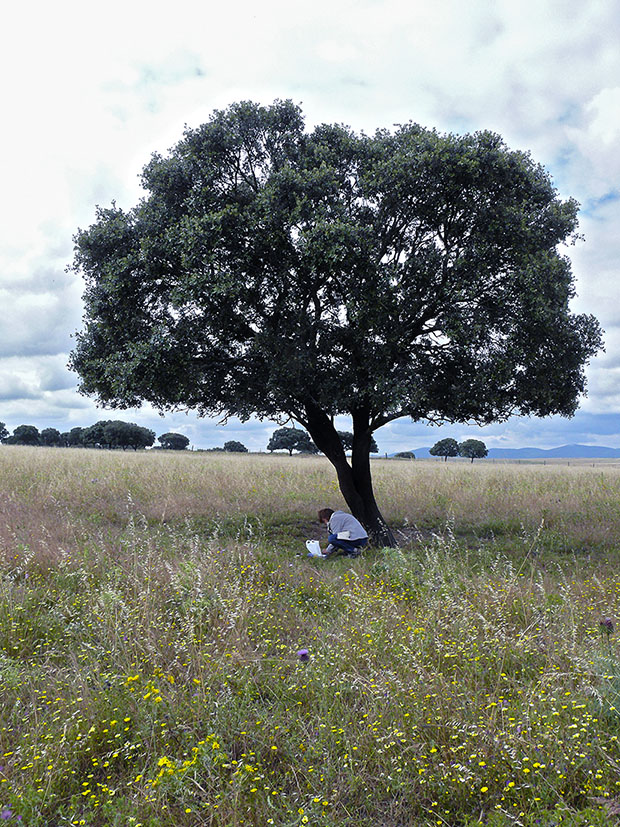
Carretona del Salor Enjarada
